.
MATUA is a research and artistic creation project focused on the local Singeli scene, an urban dance movement, specifically in the community of Dar es Salaam, Tanzania. The project was named in recognition of a particular dancer, who was our friend and collaborator during our residency at the Nafasi Art Center, November 2024.
About Singeli
Singeli is a Tanzanian musical subgenre originating from the streets of Dar es Salaam, created by the Zaramo in the Mtogole neighborhood of Tandale around the mid-2000s. Since the late 2010s, the genre has proliferated throughout Tanzania and, since 2020, has reached the surrounding Great Lakes region. It is also a form of ngoma dance where an urban dancer performs to accelerated taarab rhythms, often between 200 and 300 beats per minute (BPM).
Singeli is distinguished by having emerged in a particularly conservative context. Singeli dancers challenge norms around the body, sexuality, and gender, breaking with the status quo in Tanzania and different East African countries. This urban dance has become a symbol of freedom, where «street dancers» express their liberty and resist prejudices that associate marginalized communities with crime.
In terms of movement, singeli steps could be seen as queer movements as they are not assigned to a specific gender. Both men and women dance in the same way. They also carry a significant sexual connotation due to the prominent use of the hips and movements aimed at being provocative.
Collaboration with Marje hirvonen and Youcef Hadjazi.
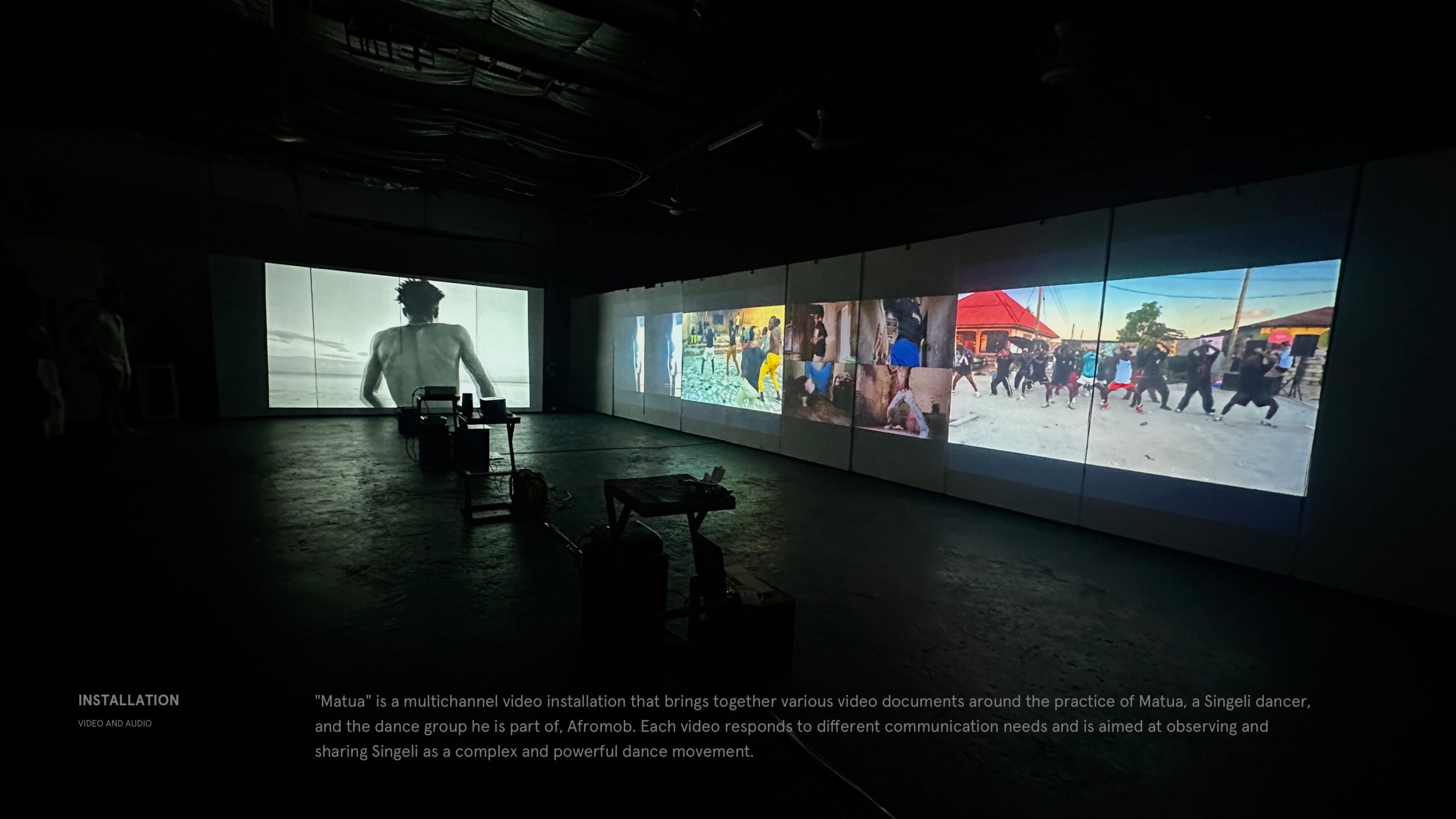
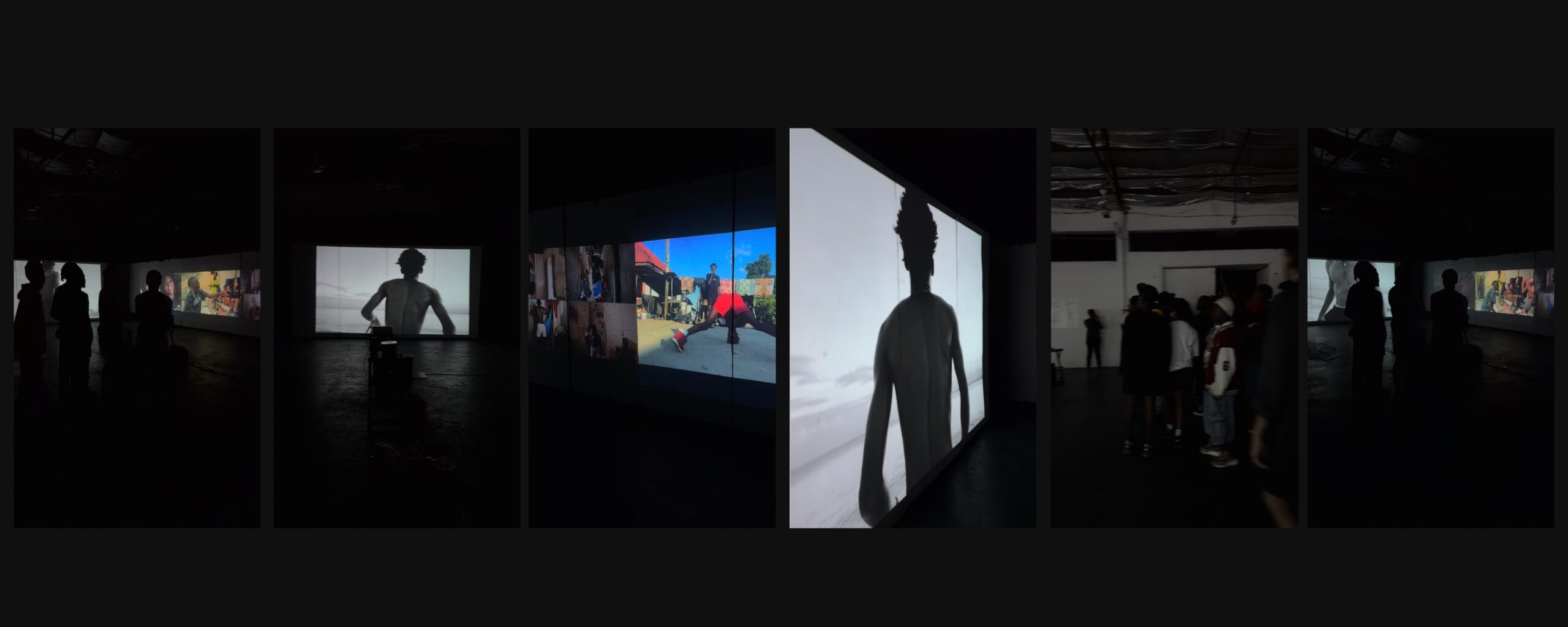

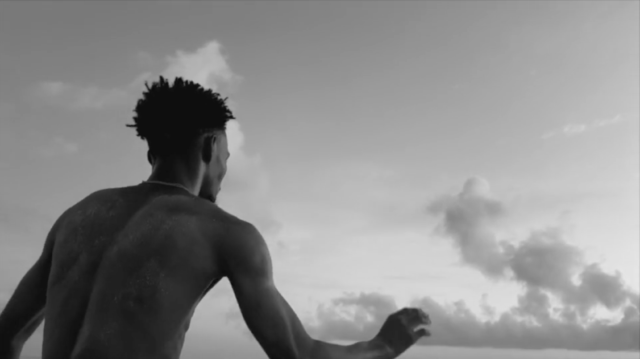
MATUA
For this video, which serves as the radial center of the complete video installation, I sought to make my position as an observer and admirer of Singeli more explicit by portraying Matua, who embodies a significant part of my approach to this dance and my experience within the residency as a whole. The piece aimed to disrupt the usual perception of Singeli, momentarily containing its musical layers while maintaining the repetition of the BPMs through synthesizers. Sharp and systematic, the continuity of the sounds creates a new way to appreciate the movements in relation to the rhythm, Matua’s body, and the particular nuances he offers as a dancer.
While the deprivation of the original sound has a somewhat intrusive connotation, this reframing of the dance situation calls for the viewer to understand it with a more precise focus, highlighting its character and trace, while preventing Matua’s singularities from being read hastily as words of an incomprehensible language. Eventually, both the synthetic sounds and Matua’s movements integrate with those of the sea, a gesture that hints at the liberation that dance enables.
The original music is maintained in the other videos that are part of the installation and can be heard through headphones connected to the other channels.
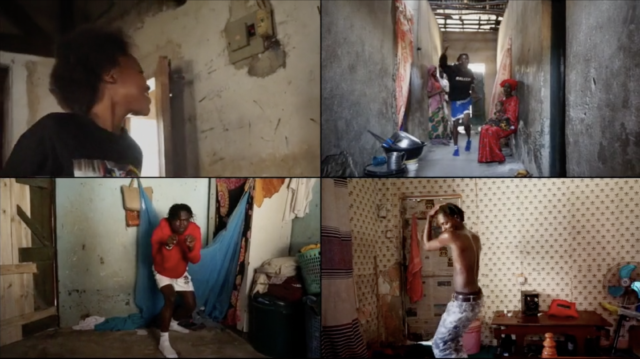
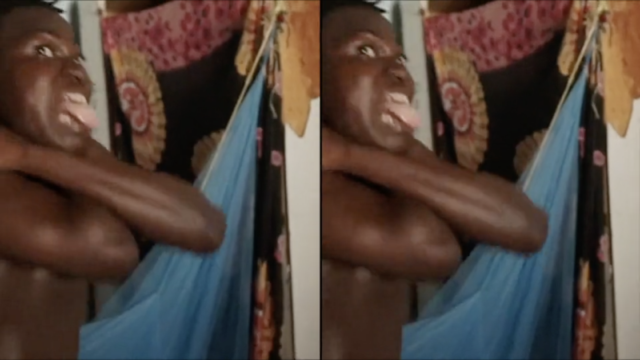
THEY LIVE SINGELI
Matua asked four dancers from Afromob to share their stories in a more personal way. We asked each of them: What does Singeli mean to you? and What do you feel when you dance? In addition to recording their responses, we filmed each one practicing a song in their home. In those spaces, they danced as if no one was watching, without filters.
These videos seek to exalt the individual dedication of each dancer to their art to highlight the impact it has on specific individuals, not just as members of a community. These stories reveal the profound impact of dance not only as a form of art but also as a means of survival and self-expression.
Derived directly from the individual videos where the four dancers practice in their homes, a new video was edited that primarily focuses on close-ups of each dancer, emphasizing their unique features and dancing personalities, which go beyond the technical execution of movement. This second edit of the same material reinforces the intimacy of our encounter and the openness with which they shared their stories.
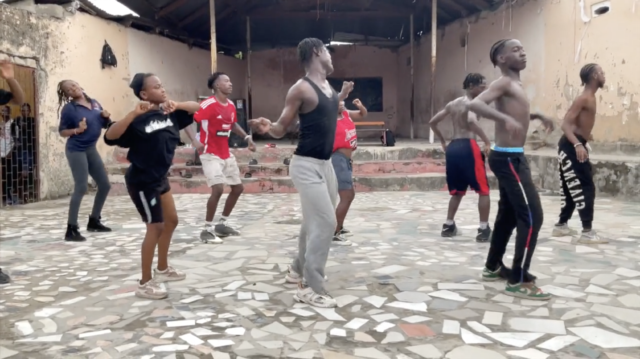
REHEARSALS
This video captures a typical afternoon of Afromob, a group that gathers daily to rehearse for three hours in the afternoon. The space is a large concrete patio where, in addition to the members of Afromob, the community comes together to socialize and dance. These shots aim to highlight the shared and communal moment of the rehearsals, which, although the dancers use it as training, transforms into something far less technical and more celebratory for the local residents. Specific dynamics are shown, such as a game in which the dancers pretend to pass an imaginary ball. The person receiving the pass has to dance in the center while «dominating» the ball.


